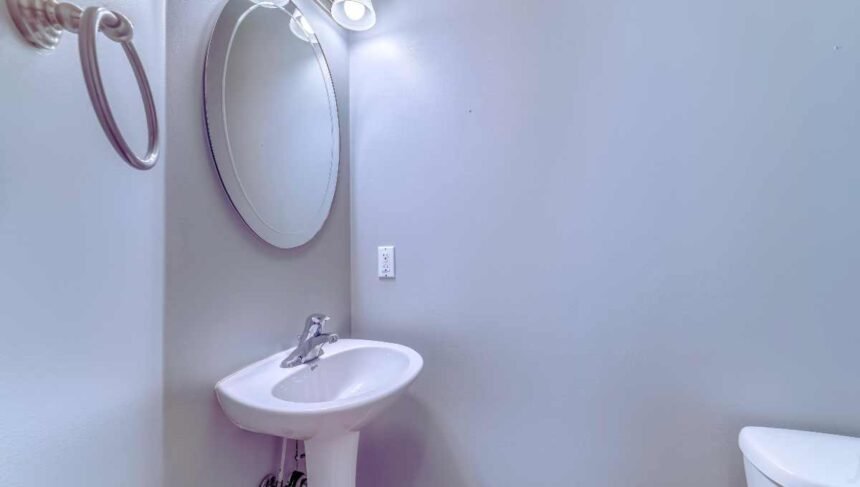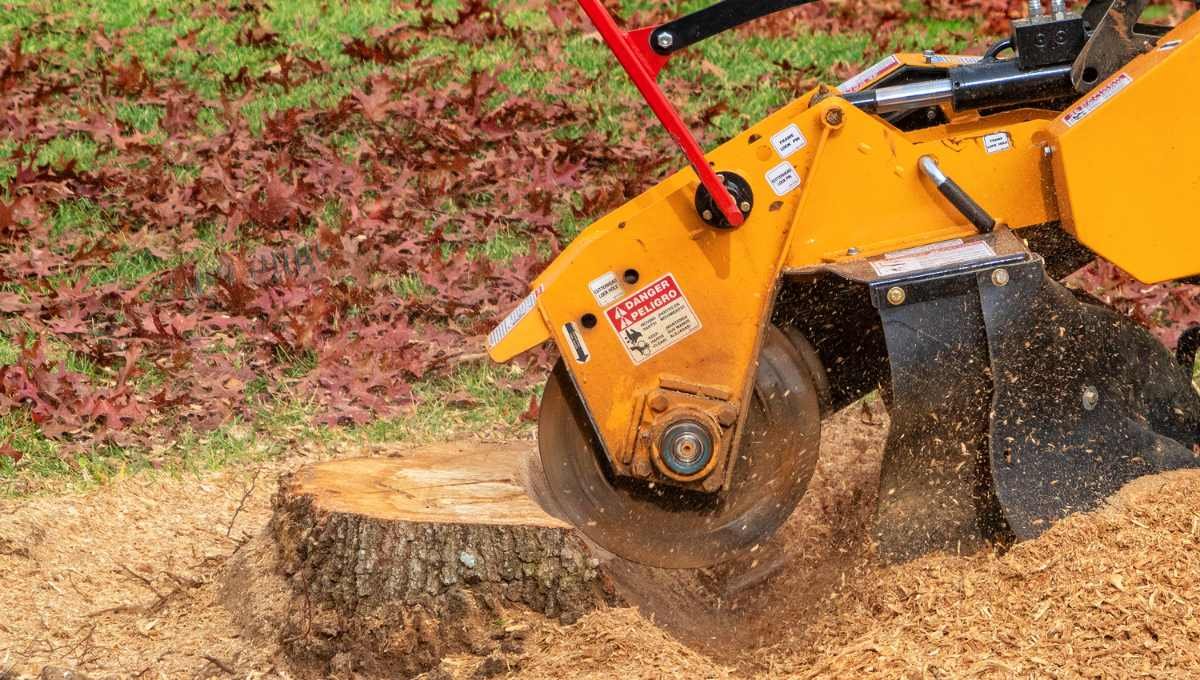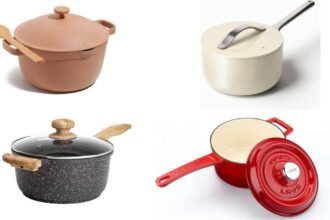If you’re looking to add a touch of elegance and charm to your bathroom while maximizing space, a pedestal sink might be the perfect solution. These freestanding sinks have been a popular choice for homeowners and designers for decades, and it’s easy to see why.
With their sleek, minimalist design and vintage appeal, pedestal sinks offer both functionality and aesthetic appeal.
In this comprehensive guide, we’ll explore the world of pedestal sinks, covering everything from their history and design to installation, maintenance, and the latest trends.
What is a Pedestal Sink?
A pedestal sink is a type of bathroom sink that consists of two main components:
- The basin: This is the sink itself, usually made of porcelain, ceramic, or other durable materials.
- The pedestal: A slim, cylindrical base that supports the basin and conceals the plumbing.
Unlike traditional vanity sinks, pedestal sinks do not have a countertop or storage space underneath. This design feature not only contributes to their unique appearance but also makes them an excellent choice for small bathrooms or powder rooms where floor space is at a premium.
History and Evolution of Pedestal Sinks
- Pedestal sinks have been around since the late 19th century, when they were a popular fixture in Victorian-era bathrooms.
- Their origins can be traced back to the “washstand,” a freestanding piece of furniture that held a basin and a pitcher for washing.
- As indoor plumbing became more prevalent, the washstand evolved into the modern pedestal sink, with the basin mounted on a slender base that concealed the pipes.
- Throughout the 20th century, pedestal sinks remained a beloved choice for their timeless elegance and space-saving design.
- Today, they continue to be a popular option, with manufacturers offering a wide range of styles, materials, and finishes to suit various design preferences.
Benefits of Pedestal Sinks
- Space-saving design: Pedestal sinks are ideal for small bathrooms or powder rooms where floor space is limited.
- Easy to clean: The lack of a countertop or cabinet underneath makes pedestal sinks easy to wipe down and keep clean.
- Vintage charm: Their classic design adds a touch of nostalgia and elegance to any bathroom.
- Versatility: Pedestal sinks come in a variety of styles, from traditional to modern, allowing you to match your bathroom’s aesthetic.
Types of Pedestal Sinks
Pedestal sinks are available in various materials, styles, and configurations to suit different design preferences and budgets. Here are some of the most common types:
- Porcelain pedestal sinks: One of the most popular and affordable options, porcelain sinks are durable, easy to clean, and come in a wide range of colors and finishes.

- Ceramic pedestal sinks: Similar to porcelain, ceramic sinks are known for their sleek appearance and resistance to scratches and stains.

- Cast iron pedestal sinks: These heavy-duty sinks are incredibly durable and often feature intricate designs and finishes.
- Vitreous china pedestal sinks: Known for their glossy finish and resistance to chipping and scratching, vitreous china sinks are a popular high-end option.
- Wall-mounted pedestal sinks: Instead of a traditional pedestal base, these sinks are mounted directly to the wall, creating an even more space-saving design.
- Corner pedestal sinks: Designed to fit snugly into a corner, these sinks are an excellent solution for maximizing space in small bathrooms.

How to Coose the Right Pedestal Sink
When selecting a pedestal sink, consider the following factors:
- Bathroom size: Measure your bathroom carefully to ensure the sink fits comfortably without overcrowding the space.
- Style and design: Choose a sink that complements the overall aesthetic of your bathroom, whether it’s traditional, modern, or somewhere in between.
- Material: Consider the durability, maintenance requirements, and cost of different materials like porcelain, ceramic, or cast iron.
- Sink dimensions: Pay attention to the basin size and depth to ensure it meets your needs.
- Faucet compatibility: Make sure the faucet you choose is compatible with the sink’s design and mounting requirements.
Installation and Maintenance
Installing a pedestal sink can be a DIY project for experienced homeowners, but it’s generally recommended to hire a professional plumber, especially if you’re unfamiliar with plumbing work. Here are some key considerations:
- Rough-in plumbing: The sink’s location and the existing plumbing will determine the necessary adjustments or modifications.
- Floor and wall preparation: Ensure the floor and wall surfaces are level, sturdy, and properly prepared for the installation.
- Caulking and sealing: Proper caulking and sealing around the sink and pedestal base are crucial to prevent leaks and water damage.
Maintenance of pedestal sinks is generally straightforward:
- Regular cleaning: Use a mild detergent and a soft cloth or sponge to wipe down the sink and pedestal base.
- Avoiding abrasive cleaners: Harsh chemicals or abrasive scrubbers can scratch or dull the sink’s finish.
- Addressing clogs promptly: Use a plunger or drain snake to clear any clogs before they become more serious issues.
Pedestal Sink Trends and Styles
While pedestal sinks have a classic and timeless appeal, manufacturers are constantly introducing new designs and styles to keep up with changing trends and consumer preferences. Here are some of the latest trends in pedestal sinks:
- Colored sinks: Move beyond the traditional white or ivory hues and explore bold, vibrant colors like deep blues, greens, or even matte black finishes.
- Integrated backsplashes: Some pedestal sinks feature a built-in backsplash, adding a touch of elegance and protecting the wall from water splashes.
- Unique shapes and designs: From rectangular to oval or even sculptural shapes, pedestal sinks are available in a variety of unique and eye-catching designs.
- Vessel-style basins: Rather than a traditional recessed basin, some pedestal sinks feature a vessel-style basin that sits atop the pedestal, creating a modern and artistic look.
Pedestal Sink Comparison
| Sink Type | Pros | Cons | Key Features |
|---|---|---|---|
| Porcelain |
|
|
|
| Ceramic |
|
|
|
| Cast Iron |
|
|
|
Pedestal Sink Alternatives
While pedestal sinks are a great space-saving solution, they may not be the ideal choice for every bathroom. Here are some alternative options to consider:
- Wall-mounted sinks: Similar to pedestal sinks, wall-mounted sinks free up floor space but offer a more contemporary look.
- Vanities with pedestal legs: If you need storage space but still want a pedestal-inspired look, consider a vanity with pedestal-style legs.
- Corner sinks: Designed to fit snugly into a corner, these sinks are another space-saving option for small bathrooms.
The Bottom Line
Pedestal sinks are a timeless and practical choice for any bathroom, combining elegance, functionality, and space-saving design.
Whether you’re renovating a powder room, guest bathroom, or master suite, a pedestal sink can add a touch of vintage charm while maximizing your available floor space.
With a wide range of materials, styles, and configurations to choose from, there’s a pedestal sink to suit every design preference and budget.
By considering factors like bathroom size, aesthetic, and practical needs, you can find the perfect pedestal sink to elevate the look and functionality of your bathroom.
So, if you’re ready to embrace the beauty and convenience of a pedestal sink, start exploring the many options available and transform your bathroom into a stylish and efficient space.
Frequently Ask Questions
Can a pedestal sink be installed in a bathroom with limited plumbing access?
Pedestal sinks save space but are difficult to install in bathrooms with limited plumbing. In such cases, you may need to consider wall-mounted sinks or plumbing line relocation, which can be costly and disruptive.
How do I choose the right faucet for a pedestal sink?
The right pedestal sink faucet is important for both function and style. To achieve a cohesive look, consider the sink’s height, faucet reach, and style and finish. Consider water pressure and plumbing compatibility when choosing a faucet.
Can I install a pedestal sink on a raised platform or base?
Pedestal sinks are usually installed on the floor, but some homeowners mount them on a platform or base for aesthetics or plumbing reasons. This method can work, but the platform must be structurally sound and meet local building codes.
How do I prevent water from splashing out of a pedestal sink?
Pedestal sinks are minimalist, but if the sink is too small or the faucet has high water pressure, water can splash out. A sink skirt or splash guard, faucet water pressure adjustment, or pedestal sinks with integrated backsplashes or higher basin walls may help.
Can I retrofit a pedestal sink in an existing bathroom?
Retrofitting a pedestal sink in an existing bathroom may require major plumbing and structural changes. To fit the new sink into the space, you must evaluate the plumbing layout, floor, and wall conditions. Plumbing and construction professionals should be consulted for such projects.
How do I maintain the finish of a pedestal sink over time?
A pedestal sink’s beauty and longevity depend on proper maintenance. Scratch- and dull-causing cleaners and scrub pads should be avoided. Choose mild, pH-neutral cleaners and soft cloths or sponges. The sink’s material and finish may require regular sealing or reapplication of a protective coating.
Can I install a pedestal sink in a bathroom without a window?
Due to ventilation and moisture issues, pedestal sinks are popular in small bathrooms but difficult to install in windowless spaces. Proper exhaust fans or ventilation systems are needed to prevent mold, mildew, and moisture buildup. For added protection, install a moisture-resistant backsplash or wall treatment.
Pedestal Sink Quiz
Your Result:








